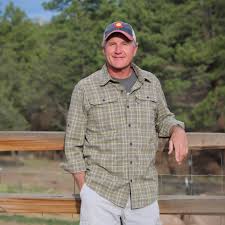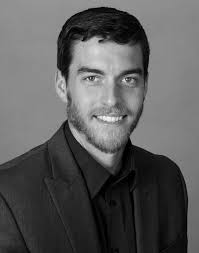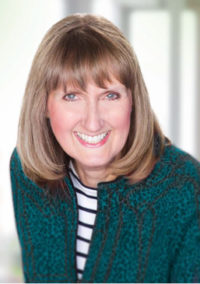
Over the years, it’s become more and more obvious that the subscription model is a viable business model for any number of products and services. How can you develop a membership mindset? What can successful subscription models teach you about sales? Today’s guest is the expert on the subject. Listen in to hear from Robbie … Read more
Episode 150: Beyond Quotas and Commission – Clancy Clark
Sales is more than numbers, quotas, and commissions, but it can be easy to lose sight of the value that you can bring to others through sales. Today’s guest is here to talk about going beyond the numbers and embracing service through sales. Clancy Clark is the author of a book called Selling by Serving: … Read more
Episode 149: Productized Consulting – Max Traylor
Succeeding at the top of the funnel requires some out-of-the-box thinking, and that’s what today’s guest has skill and experience with. Max Traylor offers his clients productized consulting services and is the author of a new book called Agency Survival Guide. In today’s episode, Max discusses the impetus for the book, how he got into … Read more
Episode 148: Navigating Through Challenges – Kendra Lee
As you start to think about what marketing and sales might look like in a post-COVID-19 world, it’s worth considering how you can be more prepared for another similar type of event. We’ve seen that the world can change overnight, and that often means changing your message, strategy, and even the channels that you use … Read more
Episode 147: Maintaining Momentum – Simon PortwainWhether you’re new to sales or you’ve been in the game for a while and you’re looking for a way to achieve sales mastery, today’s guest has some ideas for you Simon Portwain is the author of a new book, Sales Icon: Selling in the Shadows. Simon joins the podcast today to talk about some … Read more
Episode 146: The Importance of Practice – Michael Hageloh
Is selling just a job, or is it a lifestyle? Is it possible that people normally seen as innovators are really just masters of sales? These are some of the topics addressed by today’s guest. Michael Hageloh is the author of the book Live from Cupertino. Michael spent 22 years working with Apple, then turned … Read more
